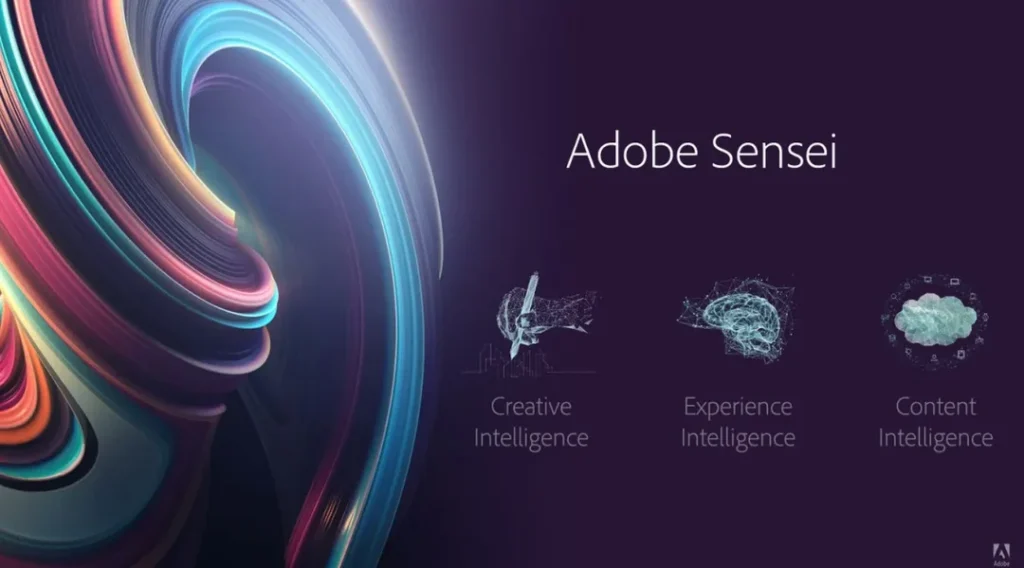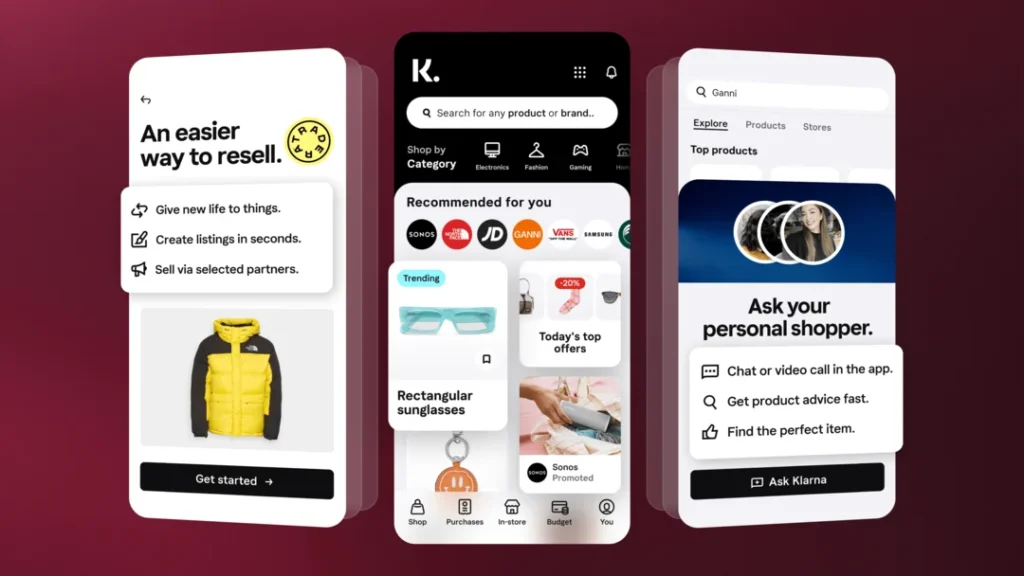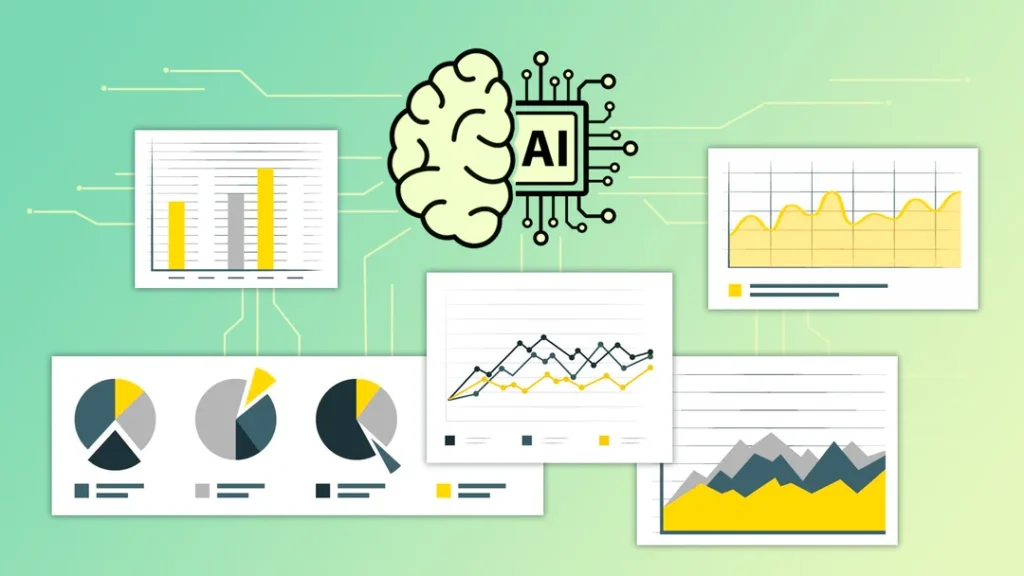How AI Is Shaping UI/UX Design
AI and machine learning are reshaping virtually every industry, and user interface (UI) and user experience (UX) design are no exception. AI has become indispensable for creating more intelligent, intuitive, and personalised digital experiences. Let's dive in and explore the many ways AI is impacting UI/UX.
- AI is revolutionising UI/UX design by providing intelligent, personalised experiences through smart design tools and adaptive interfaces.
- AI enhances accessibility and inclusiveness, automating critical checks and enabling diverse interaction methods for all users.
- Effective use of AI in user research enables richer insights and faster iterations, driving improved design outcomes and experiences.
AI-Powered Design Tools & Assistants

Do you know that feeling when designing and hitting a mental block? Staring at a blank canvas with the cursor blinking can be pure agony. Thankfully, AI-powered design tools are here to help get those creative juices flowing again.
Smart Design Suggestions
Leading design platforms like Adobe have integrated AI to analyse your work and suggest improvements, complementary assets, and even complete mockups. These AI assistants can use deep learning models trained on millions of natural designs to identify patterns and best practices to inspire and enhance your creation.
For example, Adobe Sensei can intelligently apply fonts, rearrange layouts, and recolour elements. It's like having a design guru whispering tips in your ear.
AI-Generated Content
AI is also incredibly adept at generating visuals and other creative assets from scratch. Feed an AI model some text prompts describing what you want, and it can synthesise everything from illustrations to product mockups to entire websites.
Tools like DALL-E, Midjourney, and Stable Diffusion make it easy for designers to iterate on ideas and produce high-quality visuals quickly—UX methodologies like design thinking that rely heavily on rapid prototyping benefit immensely from this.
What's Next? With models getting more extensive and more capable daily, we may soon see AI assistants that can handle entire design workflows from wireframing to handoff.
Personalised & Adaptive UIs

Few things frustrate users more than one-size-fits-all interfaces. We're all unique snowflakes with different needs, capabilities, and preferences. Traditionally, handling this required extensive user research and manual customisation work. But AI is automating and optimising personalisation.
Intelligent Adaptation
Think of how a great personal assistant adapts to their boss over time—learning habits, communication styles, preferences, etc. Modern UIs are leveraging AI to achieve similar adaptive behaviour.
Through ambient sensing and behavioural modelling, AI can learn a user's common workflows and contexts. It can then adjust interface elements accordingly, surfacing relevant info and tools like remapping hotkeys, intelligently organising menus, and tweaking language.
A designer's layout might reconfigure itself based on time of day, device type, app usage patterns, geolocation, etc. Users almost get their bespoke interfaces tailored specifically to them.
Personalised Experiences
Customising an interface isn't just about optimising ergonomics and efficiency. It's also about crafting experiences that mesh with a user's personality, interests, and aesthetic sensibilities.
Here again, AI powers greater personalisation. Models can analyse usage, social profiles, browsing behaviour, and other signals to understand an individual's tastes and preferences. This intel fuels UIs that adapt their look and feel, from visual styles to content curation to tone and personality.
For example, some customisation platforms allow users to “train” their ideal UI by providing feedback over time, leaving an imprint of their evolving tastes. It's like an AI learning your secret handshake.
Accessibility & Inclusive Design

Making digital experiences accessible and inclusive is a noble pursuit. But, accounting for the full spectrum of human diversity gets incredibly complex and labour-intensive.
AI brings some much-needed superpowers to this challenge—helping designers create interfaces that work for people with all abilities, cultural contexts, languages, etc.
Automated Accessibility
In the past, ensuring accessibility required tediously checking designs against guidelines and standards. Things like colour contrast, text size, alt-text, closed captions, etc.
AI can now automate many of those checks and handle fixes programmatically. For example, Microsoft's Accessibility Insights can scan your UI and generate detailed reports on potential issues.
Looking forward, AI may also aid in generating accessible versions of content at scale—for instance, captioning videos or transcribing audio using speech recognition. We're already seeing early examples with real-time translation and subtitling.
Multi-Modal UIs
Conventional graphical UIs have limitations. Not everyone can smoothly operate a keyboard, mouse, or touchscreen. AI opens doors to new modalities that can make UIs more universally usable.
Voice control driven by natural language processing models is increasingly common. We already use voice assistants to control smart home devices. However, AI will also enable voiceless control via gestures, facial expressions, eye tracking, and even thought commands based on brain-computer interfaces.
Plus, multimodal interactions combining voice, gestures, gaze, and traditional input can create more natural, expressive, and inclusive experiences.
How AI is Shaping Culturally Relevant Design
What might appeal to a 20-something influencer in Los Angeles will likely differ from a middle-aged worker in Beijing. To be truly inclusive, designers must make UIs resonate across cultures.
How can AI help? New capabilities like user modelling, content understanding, and language models can analyse an individual's background and cultural context and adapt the UI accordingly.
Everything from vocabulary and microcopy to iconography to visual motifs can shift based on signals about where a person is from, nationality, native tongue, and more. This not only feels more relevant, but it also tackles diversity, equity, and inclusion in a meaningful way.
Analytics & Insights with AI

Great design is an iterative process. Ideally, you validate designs frequently and use performance metrics to motivate improvements. The tricky part is collecting and synthesising that data into actionable insights.
AI makes this whole process more intelligent and more scalable. AI handles the heavy lifting, from gathering usage analytics to suggesting design changes.
Enhancing User Research
User testing and research are still as essential as ever for practical design. But AI is supercharging these activities with tools for more efficient and scalable insights.
For example, design researchers use AI to programmatically annotate and analyse usability testing recordings. This includes features like semantic analysis, tracking emotions and sentiment, and flagging user confusion or pain points.
Other tools leverage AI to run “virtual” research studies, generating feedback using simulated user data and human behaviour models, like continuous automated user testing on steroids.
And, of course, no discussion of AI and user research would be complete without mentioning chatbots and virtual assistants. These AI helpers can facilitate conversations and immersive scenarios to capture deeper qualitative and contextual insights.
The impact? More efficient research workflows, lower costs, bigger sample sizes, and faster iteration cycles. Rapidly improving UIs for all.
Usage Analytics & Insights
Your design is only as good as your users perceive it to be. So, closely monitoring and analysing actual usage data is critical.
AI has also become integral here, enabling mining more granular, contextualised, predictive insights from usage data. Things like:
- Modelling user behaviour and workflows to identify points of friction or opportunity
- Detecting emotion and sentiment signals to gauge user delight or frustration in the moment
- Predicting usage patterns and trends using anomaly detection and forecasting models
- Uncovering hidden correlations between design factors and user outcomes
- Aggregating insights across platforms for a unified view of the user journey
It's like having a data science force multiplier embedded in your design team. You gain an unfair analytical advantage over the competition—adapting your UI with precision and foresight.
Automated Design Optimisation
With deep usage insights, AI-powered design assistants can still go further—automating optimisations. Impressive deep learning models built on usage data can analyse existing designs and suggest improvements.
They use computer vision, pattern matching, and predictive modelling to pinpoint suboptimal UI elements and tweak them under the hood. They'll encourage bigger tap targets, improve page flows, redesign menus, or fine-tune copy to suit specific personas better.
The goal? Continuously refining every design aspect that impacts critical performance metrics like conversion rates, engagement, clickthrough, etc. AI handles micro-optimisations at scale while designers focus on more significant strategic decisions.
It's like we're building self-tuning, self-healing user interfaces. Meta, right?
Ethics, Safety, & Accountability

As AI's influence grows, essential questions about ethics and safety are at the forefront. What potential issues and risks should we be conscious about? How can designers ensure AI-powered UI/UX is ethical and accountable?
Bias & Fairness
Let's start with a biggie. Bias and unfairness in AI models are enormous concerns that could lead to exclusionary, discriminatory, or unhelpful interfaces. Bias has many forms, from encoded human prejudices to skewed training data to structural model limitations.
Eliminating bias in AI is an ongoing challenge, but designers must take it seriously. This means thoroughly auditing training data, models, and output for demographic biases, stereotypes, toxicity, hate speech, etc. Further, adversarial debiasing, calibrated data augmentation, and human oversight will be critical for fairer AI.
While progress is still being made, tools are emerging to help mitigate bias. For example, Microsoft's Fairlearn and IBM's AI Fairness 360 enable auditing machine learning models and datasets to find and reduce problematic biases.
Privacy & Security
User privacy is paramount in UI/UX. Our data is tracked, logged, and fed into machine learning systems when interacting with digital products. This demands rigorous data governance, privacy protection, and security controls.
Designers have an ethical obligation to understand how user data is handled and what privacy risks may exist. Common hazards include data breaches, cross-site tracking, oversharing, algorithmic surveillance, etc.
Techniques like federated learning, secure enclaves, encryption, and privacy-preserving analytics can help. Ultimately, product teams must design with privacy by default—using techniques like pseudonymisation, minimal data collection, local computation, and guaranteed data deletion.
Human Control & Transparency
As AI gets more sophisticated and opaque, there are open questions about maintaining meaningful human control and oversight. Users should understand how AI systems work and what role automation plays in their experiences.
Transparency builds trust. So designers should strive to communicate when AI is deployed, for what purposes, and with what implications. That could mean explicit disclosures, documented model cards, interpretable AI techniques, or physical signifiers. However it's done, the key is enabling users to make informed choices.
Regarding human control, we'll need safeguards to ensure humans have meaningful oversight of important AI decisions. Depending on the use case, that could span techniques like human approval workflows, adjustable automation levels, break-glass options, clearly delineated roles, etc. Designers will need to define these guardrails thoughtfully.
Robustness, Ethics, & Accountability
Complex AI systems demand diligent testing and validation to ensure reliable and predictable behaviours. Design teams must thoroughly evaluate their models under real-world scenarios and edge cases. Issues here could lead to unsafe, unstable, or undesirable system behaviours.
There are also challenging ethical considerations around responsible AI development and deployment. This includes reflecting on potential negative societal impacts, long-term existential risks, and the justified limits of AI. Ongoing multi-stakeholder collaboration will keep AI ethics aligned with human values.
Finally, we need clear accountability structures around AI-powered UX. Someone must be responsible for malfunctions, errors, harms, and unintended consequences. This means designers, developers, and business leaders carefully define roles, processes, auditing, and governance to promote accountability while fostering innovation.
Conclusion
Designers are starting to leverage AI in earnest despite the technology's infancy. As AI evolves further in capability and scale, its impact could be transformative.
While we must diligently work to address potential risks and ethical issues, the promise is immense. AI can help designers create digital experiences that are more intelligent, personalised, accessible, efficient, and human-centred. Our work will become more creative, scalable, and impactful as we supercharge our abilities with this new collaborative technology.
So prepare yourself. AI isn't just a wave. It's a tsunami coming to reshape every aspect of how we design interfaces and interact with digital experiences. Those who embrace and develop these new skills will be uniquely positioned to guide that transformation.
FAQs
Does AI make human designers obsolete?
No, AI is a tool that augments and enhances human designers' abilities – not a replacement for them. While AI can handle specific design tasks, human judgment, strategic thinking, empathy, and creativity are still essential.
What are some of the most significant risks or concerns around using AI for UI/UX?
Top concerns include encoded bias leading to unfair or discriminatory experiences, privacy and security risks, lack of human oversight or control, potential negative societal impacts, and issues around robustness, reliability, and accountability.
What role can AI play in making digital products more accessible and inclusive?
AI can automate accessibility checks, aid in generating accessible content versions, enable new multimodal interaction methods beyond traditional GUIs, and help craft culturally relevant user experiences for all types of users.
How does AI improve user research and usability testing?
AI tools can automatically annotate and analyse test recordings, generate virtual user feedback, facilitate immersive research scenarios, scale testing to larger sample sizes, and provide more efficient, continuous, and contextualised insights.
How does machine learning help personalise user interfaces?
AI can model individual users' habits, contexts, preferences, skills, and demographics. UIs can then intelligently adapt elements like hotkeys, menu structure, messaging, and visual styles to suit each unique user.

